Courtside Collection: The Scientist at Centre Court
26 Nov
1
min read
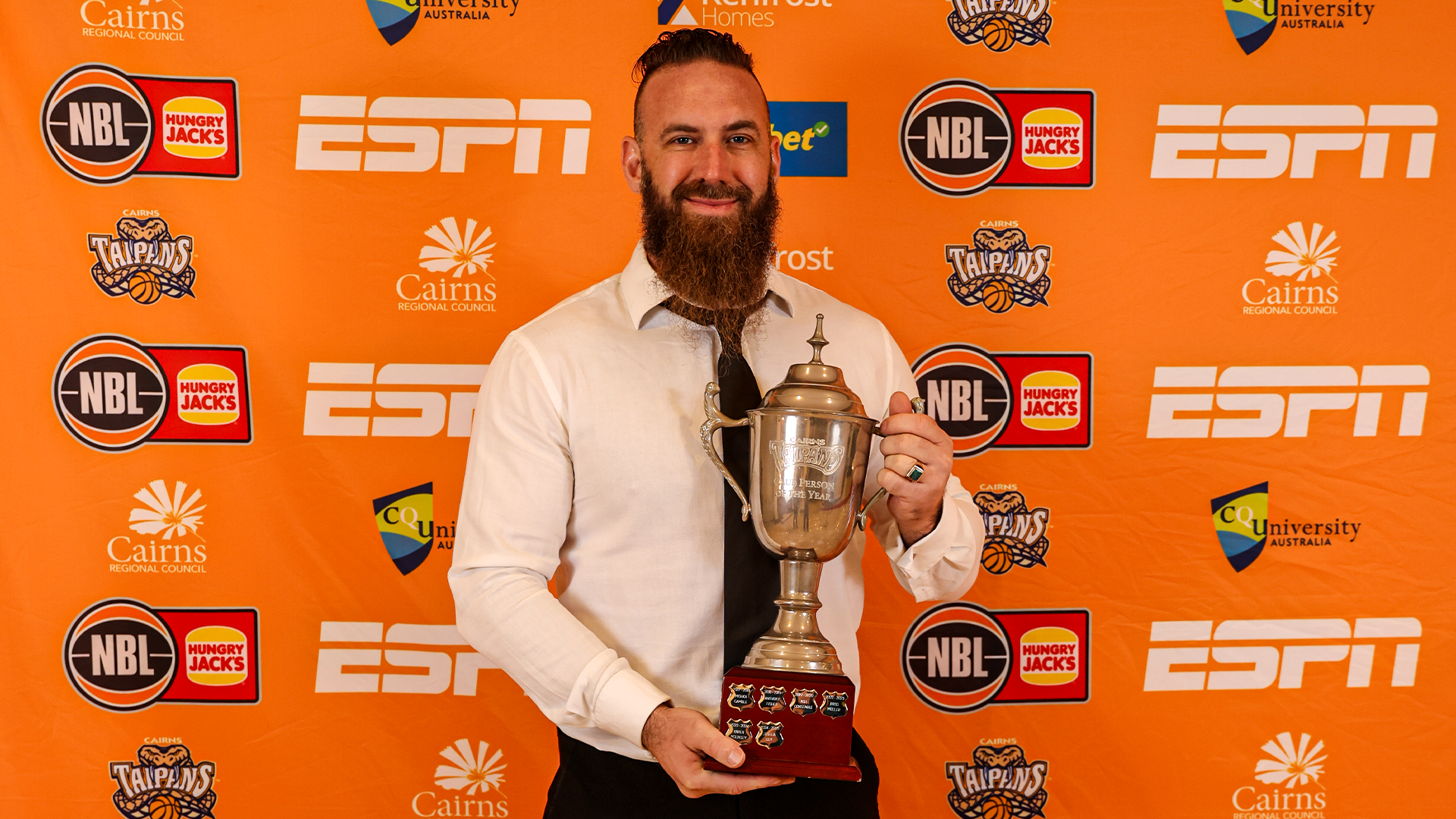

Dr Josh Guy doesn’t appear on the Taipans depth chart, but he’s quietly become one of the most influential figures at the club.
Officially, he’s Head of High Performance at the Kenfrost Homes Cairns Taipans and Head of Exercise and Sport Science at CQUniversity’s Cairns campus. Unofficially, he’s the bridge between an NBL team trying to win games every week and a Far North university trying to push Australian sports science forward.
His week can involve curriculum development, research grants, supervising PhD projects, working with sports dietitians and delivering lectures – before he steps onto the practice court to manage NBL loads.
“I wear a lot of hats which tend to change multiple times throughout the day,” he said. “That’s what I love about the partnership with the Taipans, it keeps me connected to sport at a high level. The research is complemented by practical experience and (vice versa).”
.avif)
That partnership now includes CQU-branded high-performance status, multiple embedded PhD roles, an academy pipeline for girls’ basketball and a sports science lab at Cairns Basketball that doubles as a teaching facility and a high-performance resource.
.avif)
For Guy, Cairns is also home. Born in Mount Isa and raised in the region attending Cairns State High School, his earliest memories are of football sessions with his dad at Kuranda Rangers — a club his father helped found.
“I played soccer growing up,” Dr Joshua Guy said. “Wasn’t quite good enough to get paid, so I went to university to study sport and exercise science and luckily during my undergrad I got to do my internship at the Australian Institute of Sport. I really loved that environment and the interactions with athletes on a daily basis.”
That AIS placement exposed him to everything from rowing and athletics to Paralympic sport and linked him with Professor David Pyne, one of Australia’s most respected physiologists. Under Pyne’s supervision, Guy completed honours, then a PhD in 2016 on heat acclimation and strategies to prepare athletes for competition in hot environments.
“Professor David Pyne was a really big influence as one of my PhD supervisors,” Guy said. “I saw what people like Martin Buchheit were doing in professional football and AFL and thought, there are two ways to work in high performance sport. You can start at the bottom and work your way up, or be an expert in the room – get qualified, get experienced, get the research backing behind you and come in with a really good knowledge base.”
.avif)
A stint in the UK followed with Plymouth Marjon University and English club Plymouth Argyle’s academy. From there he returned to Australia with CQUniversity, working in rugby league in Mackay before moving back to Cairns in 2018 – right as the Taipans were about to overhaul how they thought about high performance.
BUILDING A MODERN DEPARTMENT IN A REGIONAL NBL CLUB
When Guy first arrived, the Taipans’ sports science footprint was minimal.
“A lot of the early days was just getting to know coach Mike Kelly and the organisation, what they needed and just trying to support them in different ways through consultancy early on,” he said.
“We didn’t have a presence in the sports science department. It used to be a very small part of the club with just a contractor on board.”
The turning point came when Head Coach Adam Forde and CEO Mark Beecroft sat down with Guy and asked how to fill out the strength and conditioning department. Guy’s proposal was simple but ambitious: jointly funded PhD scholarships, embedded inside the club, backed by CQUniversity’s lab and supervision.
“So I proposed the idea of jointly funded partnerships, to get in someone with great industry experience who’s also looking at doing postgrad study for three or four years,” he explained. “They can do their research as well as being an embedded practitioner.”
.avif)
The club advertised nationally. Out of that process came data analyst Stephanie Shirley and strength and conditioning coach Rogan Bartlett, both now central figures in the Taipans’ program. Shirley arrived with a masters in high performance sport. Bartlett with a masters in strength and conditioning and a background in applied strength and conditioning. Each is completing a PhD through CQUniversity while working day-to-day with the NBL team.
“We really brought an essentially non-existent department into the 21st century,” Guy said. “Steph is part-time while supporting the Taipans Academy Girls. Rogan is full-time with CQU but is also a part of that high-performance partnership now as well.”
Shirley’s work focuses on training and match loads: wearable and optical tracking to quantify movement, intensity and scoring flow to name a few. Bartlett’s research is centred on neuromuscular readiness – how players’ muscular status fluctuates across the week in response to heavy inputs and when they should be loaded again.
Layered on top of that, CQUniversity has formally become the club’s inaugural High-Performance Partner, embedding sports science, physiotherapy and psychology students and staff across the Taipans’ environment. The result is a volunteer head of performance – Dr Guy – coordinating a structure that looks more like a EuroLeague club than a community-owned NBL team.
It’s no coincidence that at the conclusion of the NBL25 season, the Taipans named him Club Person of the Year.
MOURINHO AND TACTICAL PERIODISATION
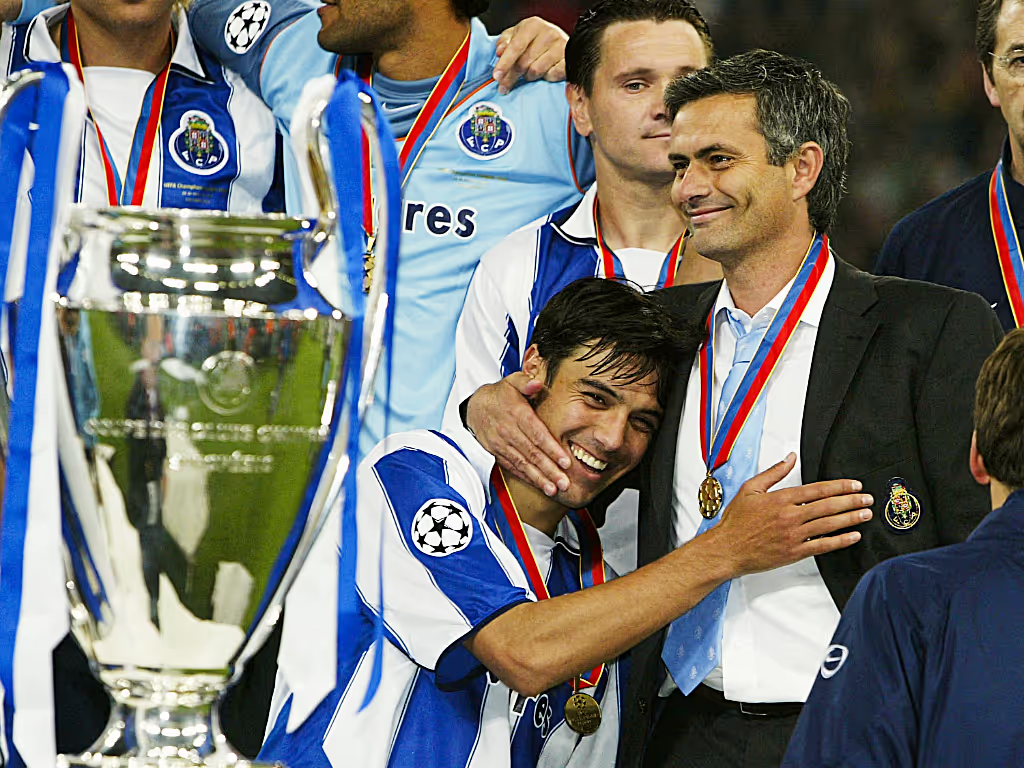
Guy’s performance model is influenced by football, in particular renowned manager José Mourinho’s early years at FC Porto and Chelsea. Mourinho was one of the main evangelists for tactical periodisation, a methodology pioneered by Portuguese academic Vítor Frade that treats the game as a single, integrated whole – tactical, technical, physical and psychological – rather than separate blocks of fitness and skills.
“As a soccer fan I’m a big fan of Jose Mourinho, particularly early on in his career,” Guy said. “Mourinho has got a background in sports science and teaching and kind of bucked the trend compared to most managers who were former superstar players. I really respect how he was able to do that.”
In traditional periodisation models, training often builds towards one or a handful of peaks – a championship marathon or race, or an Olympic final. Team sport leagues are different. Weekly games, travel, schedule quirks and in the NBL, a competition that can swing on one possession.
“When you look at all the periodisation literature, a lot of it is based on three or four event sports,” Guy said. “In a league where there are 30-odd games, you really need to be peaking every time you’re on the court. We look at every game as an opportunity to peak.”
.avif)
Practically, that means Guy’s staff classify every drill the Taipans run – is it more technical, tactical or conditioning-heavy and what does it cost physically? Over time they’ve built a database of typical loads and intensities for each drill. From there, the performance team gives Forde weekly guidelines on a total workload and intensity, then lets the coaching staff decide how to spend that “budget” across tactical and technical content.
Forde — who was well versed in the methodology from his days with the Perth Wildcats — has worked seamlessly with Guy over the past four years.
“We don’t influence the content of training, but rather the intensity and duration,” Guy said. “Because we have really well-established databases of every drill we can classify the drills. It’s then up to Fordey to create that split. But we give the guidelines of total work or intensity within those boundaries.”
The Taipans use a wave periodisation model. Heavier loading early in a standard seven-day microcycle, then tapering volume and intensity as game day approaches. With a varying NBL schedule, that weekly structure constantly shifts, but the principle stays the same, stress, adapt, rebound and arrive as close to peak as possible for each tip-off.
NUMBERS AND THE ART OF INDIVIDUALISATION
.avif)
If the framework is mechanical, the way Guy talks about players is anything but robotic.
“My philosophy is that athletes are humans and people,” he said. “As much as I dive into the physiology of it. If you don’t understand the person, the numbers mean nothing. You’ve got to understand the people that are in front of you.”
That philosophy shapes everything from pre-season planning to in-season management.
Basketball doesn’t always allow for long, clean blocks of general conditioning. With imports arriving late or juggling other leagues, the Taipans often have to build strength and conditioning in-season.
Age and experience add another layer. Veteran players often arrive with a sharper sense of their own bodies and a history with sports technology. Younger players, by contrast, can easily be overworked because they haven’t yet learned how to use the technology and feedback to their advantage.
FREAKS OF NATURE
.avif)
Over his time with Cairns, a handful of players have stood out physically.
Melo Trimble’s 2018–19 season left an impression. So did point guard Taran Armstrong and his athleticism. Guy describes Alex Higgins-Titsha as one of the best pure athletes to come through Cairns and former Taipan Bul Kuol as uniquely robust from the moment he arrived.
“Bul was one of those guys that whatever we threw at him, he would just take and adapt, everything was so easy for him,” Guy said.
For every success story, there are many more athletes broken by unreasonable expectations. Injuries are the other reminder that chaos never disappears. Guy points to wrist injuries suffered this season by Jack McVeigh and Higgins-Titsha as the kind of incidents no amount of load management can fully prevent.
“There’s no training load management or gym work that’s going to protect you from falling from eight feet in the air and landing on a hard surface,” he said. “I’d prefer to have something as an avoidable injury, because then we can work to avoid it in future. When it’s outside our control it’s always a frustration.”
AI AND THE FUTURE OF HIGH PERFORMANCE
Guy is already thinking about the next wave.
Jack Patterson — the third PHD scholar (honours in sports and exercise science) to join through the CQUniversity partnership with a background in NBL1 coaching and experience with the SEM Phoenix — is working closely with Guy to explore the integration of Artificial Intelligence in training load and video tracking and analysis.
“It’s for us to really understand at a much finer detailed level of when actions occur,” Guy said.
“What are the physical costs of those actions and the success rates of those actions. Being able to leverage that in a way that sees patterns and makes decisions so much faster than us. It’s the future.”
.avif)
Automated tagging of players, linking physical and tactical data with the aim of freeing coaches from hours of cutting film from games and practices.
From Guy’s perspective, the aim in basketball is not to hand decision-making to an algorithm but to give coaches clearer information.
“AI is such a powerful tool, if you know what it is you want it to do and what it should look like at the other end,” he said.
“From our side in a performance perspective, we could take a look at the success rates of certain plays under fatigue. We can then arm the coach with decision-making abilities. Then it’s up to the coach to make a decision on what he does with it.”
“Team sports is such a wild, varied environment and it’s chaotic. You’re trying to make sense of chaos. In regards to micro-decisions within a game, if players don’t understand that themselves it doesn’t matter what the numbers say.”
“There’s always the human factor and the personality fit of an individual and how they work on the floor. AI is a really good tool, provided you’re clear on its limitations.”
For a profession built on understanding chaos, the human factor still matters.

26 Nov
Courtside Collection: The Scientist at Centre Court
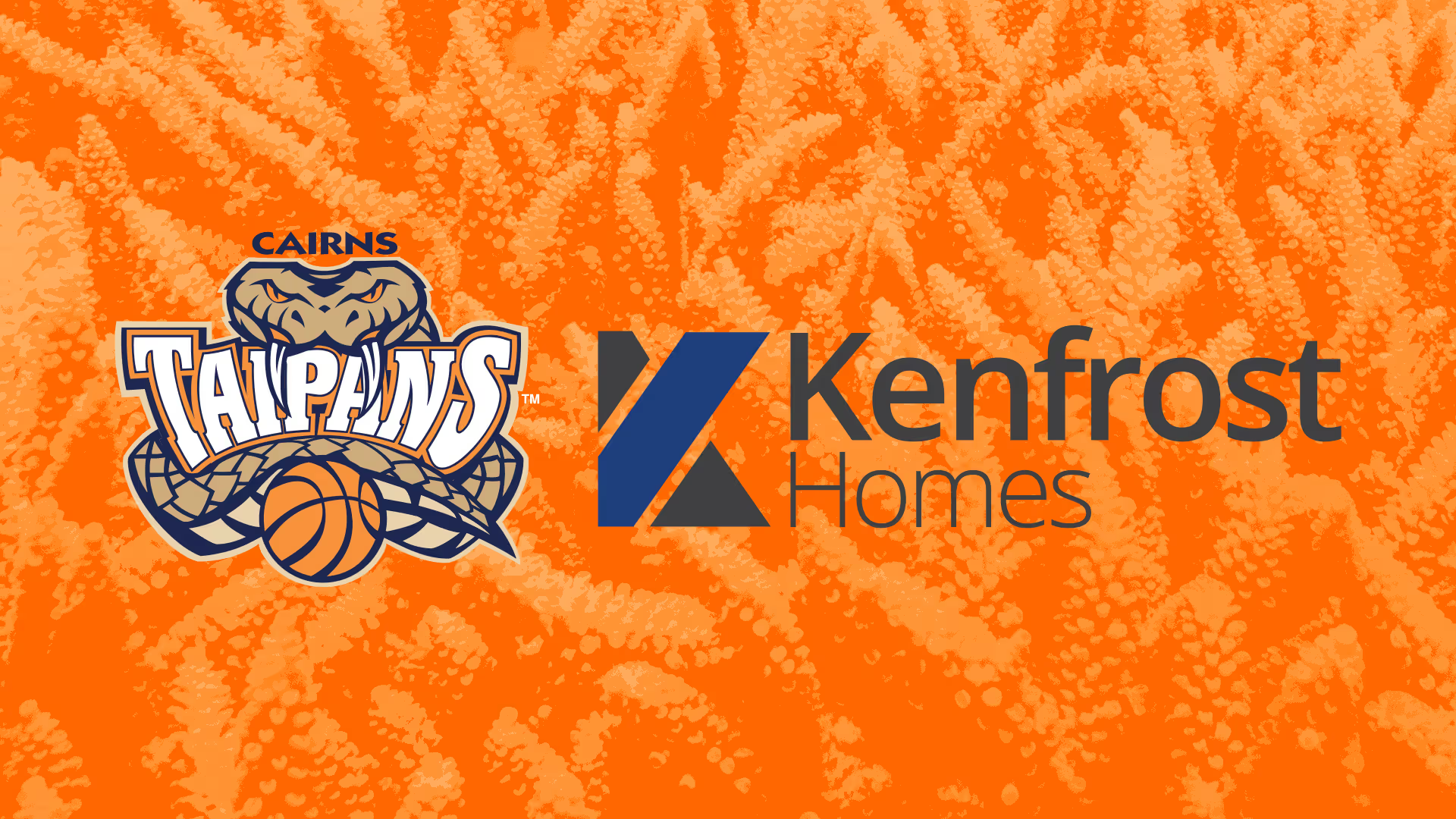
24 Nov
Nominations Open for Board Positions (Management Committee)
.avif)
24 Nov
ORIGINS: 'Job’s not finished,': The Relentless Journey of Andrew Andrews
Andrew Andrews
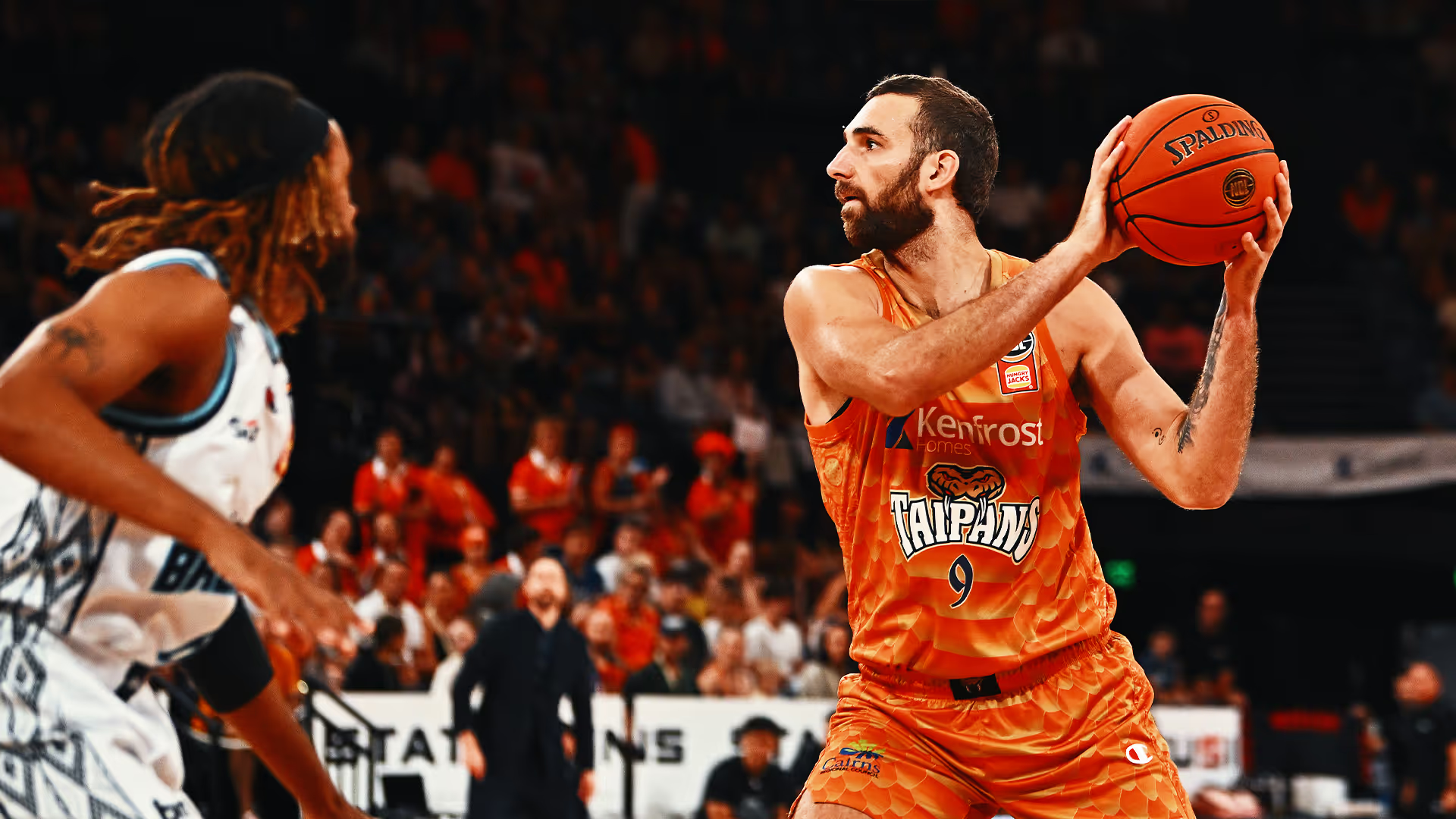
22 Nov
McVeigh and Andrew not enough as Taipans edged by Breakers
Jack McVeigh
Andrew Andrews
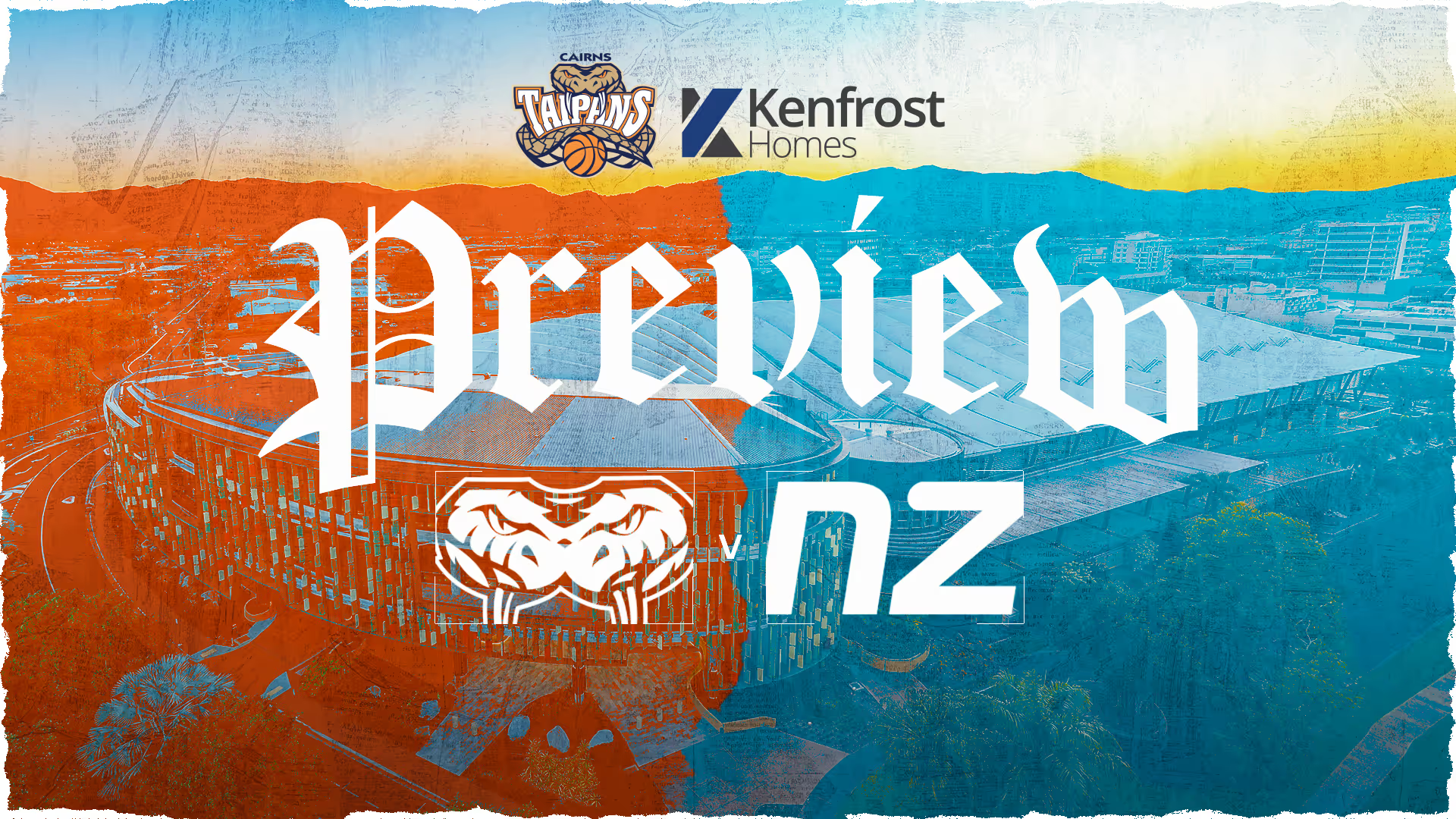
22 Nov
Game Preview: Taipans v Breakers
New Zealand Breakers
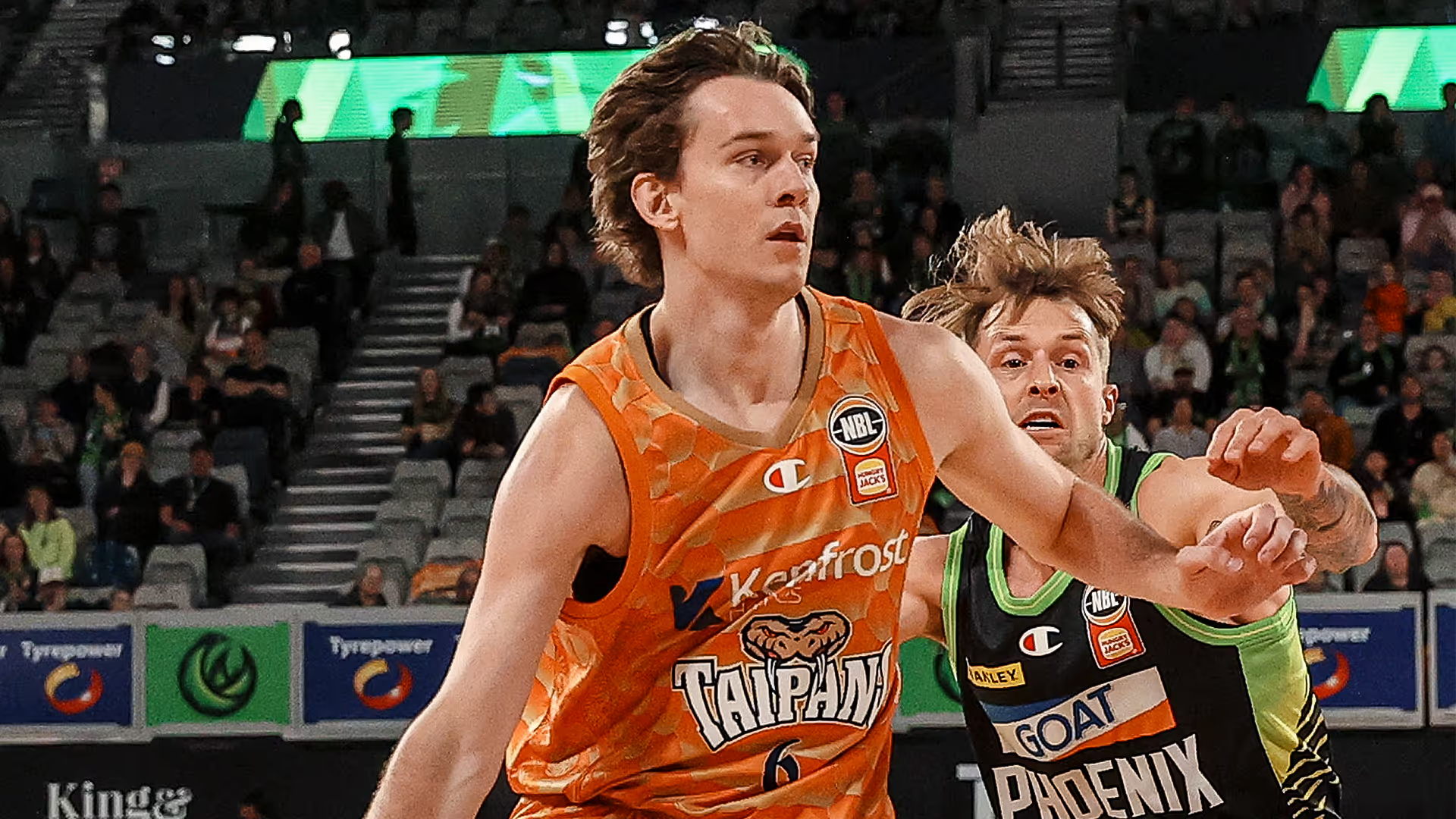
21 Nov
Taipans Injury Report: Round 10
Kyle Adnam
Kody Stattmann
.avif)
20 Nov
'We’re going to compete as hard as we can,': Barker backs Taipans against Breakers
Lachlan Barker

19 Nov
A Cosmic Splash: Taipans Launch Space Jam Special Edition Jersey
.avif)
16 Nov
McVeigh Lights Up Adelaide with Career-High 39 in Narrow OT Defeat
Jack McVeigh
Adelaide 36ers

16 Nov
Game Preview: Taipans v 36ers
Adelaide 36ers
.avif)
14 Nov
Andrews Double-Double Not Enough as Phoenix Take Down Taipans
S.E. Melbourne Phoenix
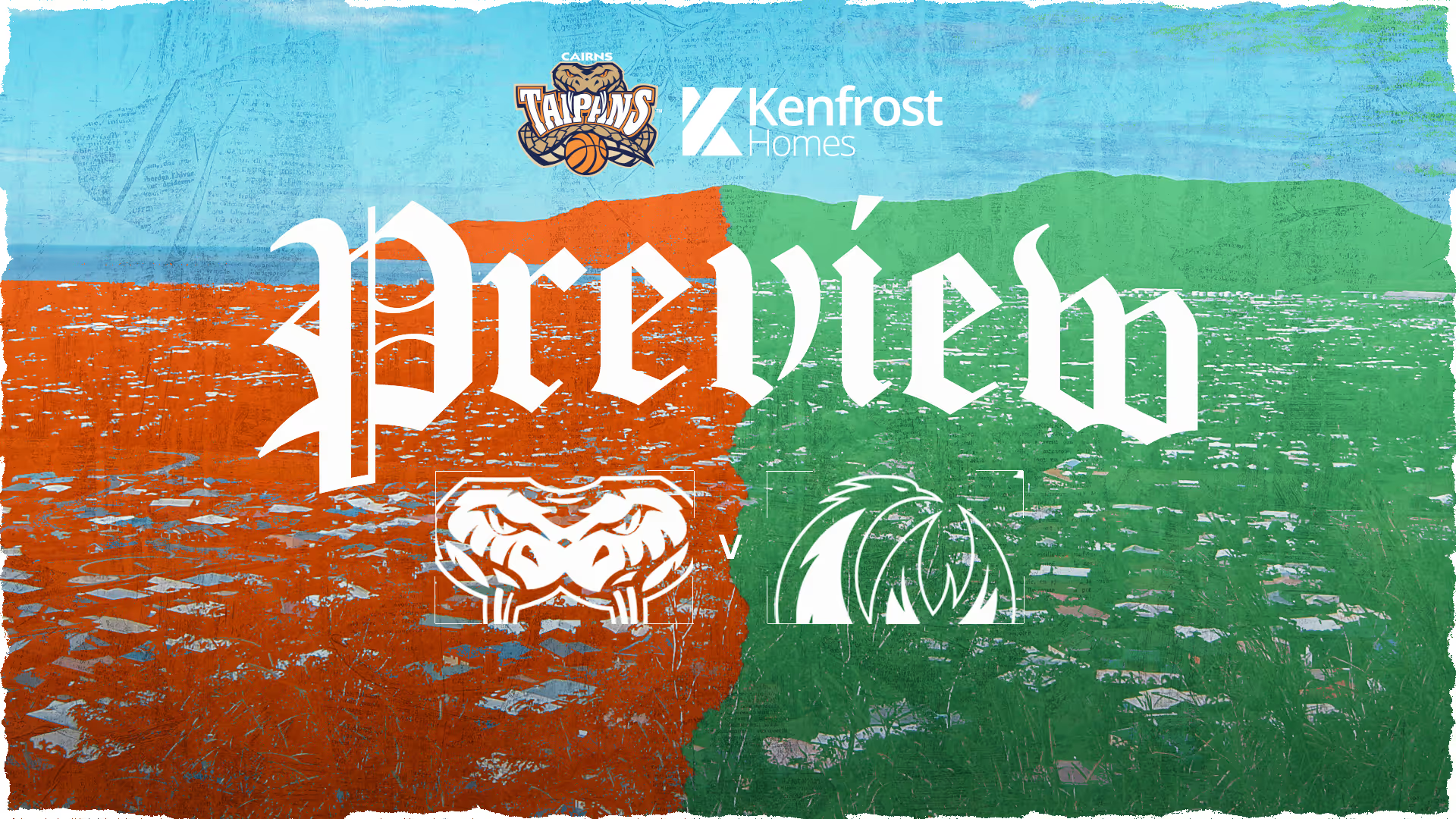
14 Nov
Game Preview: Taipans v Phoenix
S.E. Melbourne Phoenix
.avif)
13 Nov
Taipans Injury Report: Round 9
Kyle Adnam
Kian Dennis
S.E. Melbourne Phoenix
.avif)
12 Nov
Taipans Target Consistency, Andrews Finds his Rhythm
Andrew Andrews
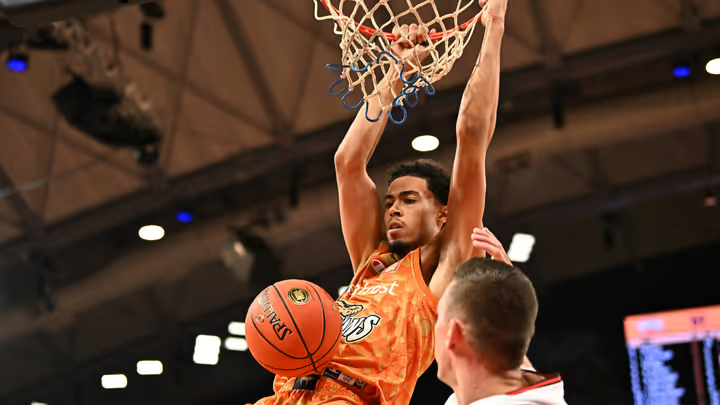
8 Nov
"Excited for the road ahead": Mojave King Erupts for Career-High 32
Mojave King

8 Nov
Courtside Collection: Gausa Arnold – The Man Behind the Mic
Support your team with the latest gear
Grab your latest team releases before they're gone.

Get the latest Team Updates
Breaking news & special offers. Direct to your inbox.





